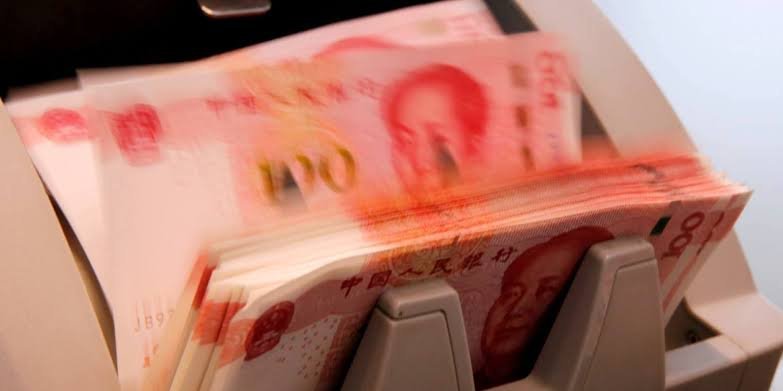China Smaller Banks Cut Deposit Rates to Ease Margin Pressure – Over the weekend, certain smaller Chinese lenders decreased the interest rates on time deposits, in response to a reduction in lending rates by policy makers that began to impact their profits. This action follows a similar move made by their larger counterparts last year. Lenders in rural areas, such as Henan and Hubei provinces, have announced a reduction in deposit rates for certain tenors, with decreases of up to 45 basis points.
As a result of these adjustments, these lenders will offer an annual interest rate of 1.9% for one-year deposits, which is lower than the previous rate of 2.25%. As the authorities strive to boost the second-largest economy in the world, Chinese banks are under increasing pressure to sustain their profitability. To aid this effort, the People’s Bank of China unexpectedly reduced the reserve requirement ratio at the end of last month.
People Also Read: BlackRock to Sell $114 Billion of Defunct Bank Securities
This action will provide more cash to lenders, enabling them to distribute loans and reduce their funding costs. Despite a rebound in China’s economic activity this year, as Covid restrictions are lifted, analysts remain cautious about the outlook for the banking sector. In January, banks extended a record amount of new loans. However, state-owned banks suffered a 13% decline in pre-provision operating profit in the last quarter of 2022 – the worst quarter since 2010, according to Jefferies Financial Group Inc.
Most banks also reported a decrease in net interest margins, which is a measure of profitability that is expected to decline further in 2023. Since the central bank eliminated direct control in 2005, China’s commercial banks have had some flexibility in determining their own rates. Nevertheless, the People’s Bank of China retains significant influence by establishing a ceiling and floor for rates through the interest rate self-disciplinary body.
At present, the benchmark one-year deposit rate for household savings in the country is 1.5%. Even after the most recent adjustment, smaller banks continue to offer interest rates that are higher than their larger counterparts and exceed the benchmark rate. According to a note to clients by Beijing-based analyst Wang Yifeng of Everbright Securities Co. on Sunday, there is a need for more coordinated efforts to combat disorganized competition for deposits and enhance risk management within the industry, given the significant pressure on margins.
People Also Read: ASEAN Countries Take Steps to Reduce Reliance on US Dollar for Trade Settlements
Expectations in the market that some banks will reduce their deposit rates led to China’s 10-year government bond yield reaching its lowest closing level since January 9 on Friday. On Monday, the yield remained relatively stable at 2.85%. In September, the largest banks in China decreased their benchmark deposit rates uniformly for the first time since 2015. This action was aimed at increasing lending and supporting the economy, which had been adversely affected by Covid restrictions and a worsening property crisis.
Most Read from Evoclique
India to Facilitate International Settlements in Rupees
Nigerian Digital Currency Transactions up 63% Says Central Bank Governor




